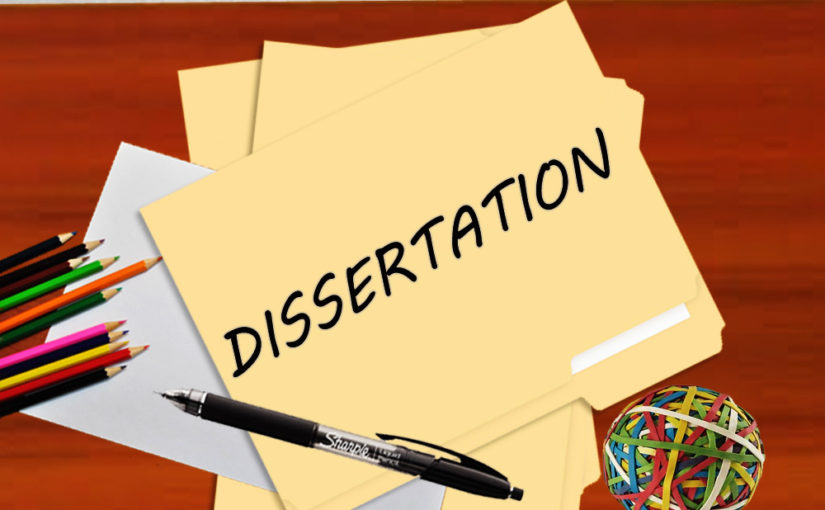Dissertations are an integral part of the educational journey. When you are required to write a dissertation, you are at the last stage of your understanding of the analysis. The final paper showcases your knowledge about the topic. The dissertation is the final result document that holds value for the academic and scientific community. The final text should be written clearly and interest the reader. A clear mindset is vital. If through the course of writing a dissertation, you feel that you will not be able to complete it well enough, you contact an assignment expert in Australia. The online assignment help in Australia provides all kinds of essay assignment help.

The best assignment expert in Australia has a well-designed dissertation structure. Making the process of writing and delivering excellent dissertations well in time-:
Deciding the structure of the dissertation
The structure of a dissertation sets the tone for the document. The topic of the written file also affects the tone. The central idea also helps in shaping the text. Many times the Universities set out guidelines for the students regarding the dissertations and are to be strictly followed.
The parts of a dissertation
There are different parts to a dissertation document. The best assignment expert in Australia follows:
- Title Page: It is the very first page of your dissertation. The title page contains the author’s name, the department, institution, and other vitals. Universities or colleges lay down the formatting requirements for the title page.
- Acknowledgments: It is an optional section. You can choose to thank your supervisor, peers, etc. All of those who helped you with the analysis, or even with writing the dissertation.
- Abstract: It is a summary of the whole dissertation. Cover all the vital points of your dissertation. Abstract sets the tone for the reader. Write the abstract at the end.
- Table of Contents: The table lists all the topics, chapters, and headings along with the page numbers. It helps the reader to understand what all is covered in the dissertation and where to find what. The use of heading styles in Word makes it easy to create a contents table.
- List of Figures and Tables: If any figures or tables are in the document, a list of all the figures and tables should be added to the beginning of the document. Insert caption feature in the Word makes it easy to add the table.
- List of abbreviations: If your analysis or research uses a lot of abbreviations, then a list of abbreviations arranged alphabetically can be added to aid the reader.
- Glossary: The use of highly specialized terms can make it very difficult for the reader to understand. A glossary helps the reader to understand the text better.
- Introduction: The topic, purpose, and objective of the study are explained. The introduction establishes the research topic, providing background knowledge about the topic. It narrows down the focus of your study and defines the topic of research. The section presents a discussion about the existing state of the topic under consideration. This portion must address the research questions and objectives of your study.
- Literature review: This forms the backbone of your research. Collecting trustworthy and relevant sources is very important. Critical evaluation of each relevant source is required before you set forth with the research. Your dissertation must relate the gaps in the literature you have analyzed, propose a solution to the unsolved issues, provide a lead to the research, and strengthen the previous research. Literature often becomes the basis for the key theories and analysis of concepts in your novel research.
- Methodology: The section covers the overall approach and the course of the research. It details how and where the study or analysis was undertaken. This section also covers how the study progressed and the tools and apparatus used for the same. Methodology reports the analysis in a detailed manner.
- Results: This section states the descriptive statistics and outcomes along with the hypothesis supporting the results. Do not add subjective outcomes or speculations to this section.
- Discussion: In this section meaning and implications of the study are explored. Discuss the interpretation of the results in detail.
- Conclusion: This section must address all the objectives set at the start of the study. Mention and discuss all the conclusions to offer clarity to the reader.
- Reference List: Full details of all the cited documents and sources in the required citation style must be included.
- Appendices: Some documents cannot be used in the dissertation directly but are vital for the study. Add these sources in the appendix.
All these sections are vital for a dissertation. The online assignment help can assist you with the whole dissertation or even with some parts of it. The services provided by the assignment help service Australia are easy on the pocket.
